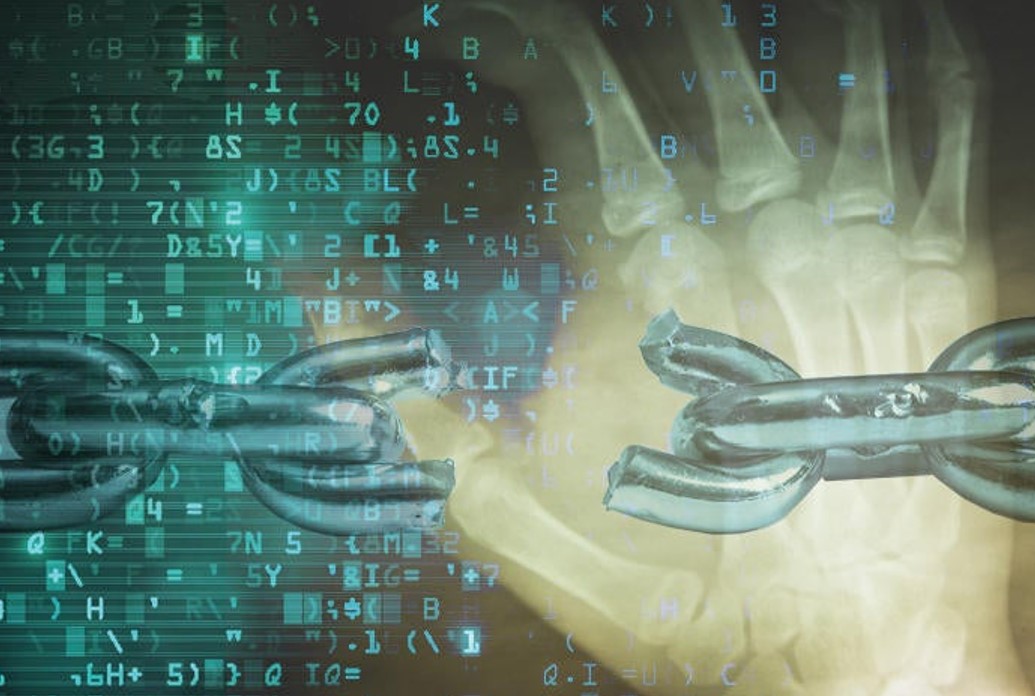Safeguarding Against Supply Chain Attacks in the Digital Realm
March 19, 2024

In the intricate tapestry of the digital world, supply chain attacks have emerged as a formidable adversary, targeting the very foundation of software integrity. As the global reliance on interconnected systems grows, so does the threat to software supply chains. This blog delves into the intricacies of supply chain attacks and explores the crucial realm of software supply chain security.
Understanding Supply Chain Attacks
Supply chain attacks occur when cyber adversaries exploit vulnerabilities in the production, distribution, or update processes of software. Rather than attacking an organization directly, hackers infiltrate the supply chain, injecting malicious code or compromising legitimate software before it reaches end-users. These attacks are stealthy, complex, and often go undetected until significant damage is done.
Notable Supply Chain Attacks
- SolarWinds Orion (2020): One of the most notorious supply chain attacks, threat actors compromised the software build process of SolarWinds Orion, a widely-used network management tool. This allowed them to distribute a tainted software update, leading to the compromise of thousands of organizations, including government agencies and major corporations.
- NotPetya (2017): Disguised as a ransomware attack, NotPetya targeted the update mechanism of a popular Ukrainian accounting software, spreading globally and causing widespread disruption. The attackers behind NotPetya had strategic motives beyond financial gain, emphasizing the potential geopolitical implications of supply chain attacks.

The Imperative of Software Supply Chain Security
- Code Integrity and Software Signing: Verifying the integrity of code throughout its lifecycle is paramount. Implementing robust code signing practices ensures that software updates come from legitimate sources and have not been tampered with during transit.
- Vendor and Third-Party Risk Management: Organizations must thoroughly vet and monitor the security practices of third-party vendors. Establishing a clear understanding of the security measures taken by suppliers is crucial to mitigating the risk of compromised software entering the supply chain.
- Continuous Monitoring and Threat Intelligence: Implementing continuous monitoring of the software supply chain enables organizations to detect anomalies and potential threats in real-time. Utilizing threat intelligence feeds helps stay ahead of emerging threats and vulnerabilities that could impact the supply chain.
- Secure Development Practices: Integrating security into the software development lifecycle is essential. This includes conducting regular security audits, penetration testing, and implementing secure coding practices to identify and mitigate vulnerabilities at every stage of development.
- Incident Response and Recovery Plans: Preparing for the inevitable is key. Organizations should develop comprehensive incident response plans to swiftly detect, contain, and recover from supply chain attacks. Regularly testing these plans ensures a timely and effective response.

In the digital age, the security of our interconnected systems relies heavily on the integrity of the software supply chain. By understanding the intricacies of supply chain attacks and proactively implementing robust security measures, organizations can stand as guardians of the code, fortifying their defenses against an ever-evolving landscape of cyber threats. Software supply chain security is not merely a technical concern; it is a strategic imperative in safeguarding the trust and reliability of the digital ecosystem.
Have Any Question?
Call or email Cocha. We can help with your cybersecurity needs!
- (281) 607-0616
- info@cochatechnology.com




